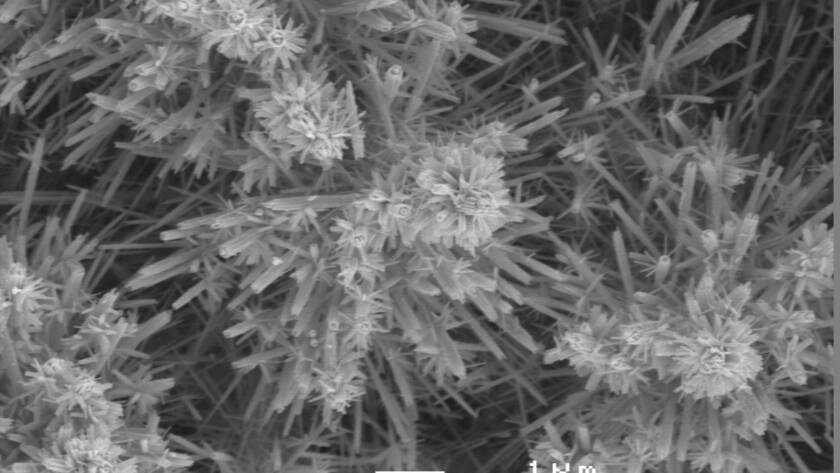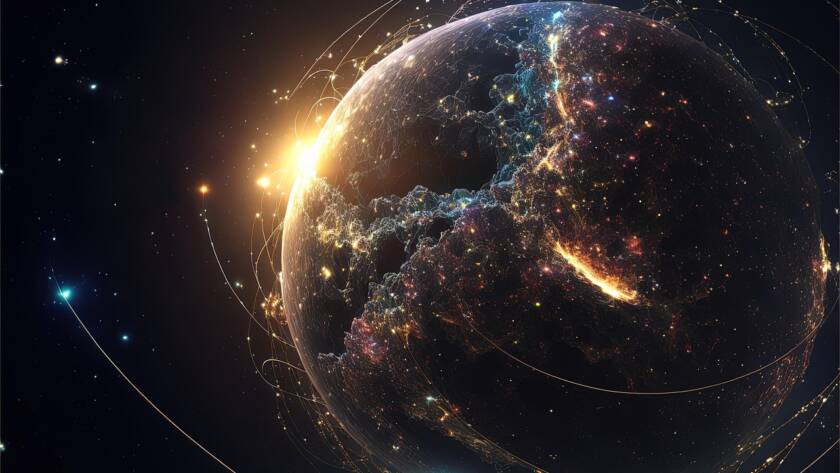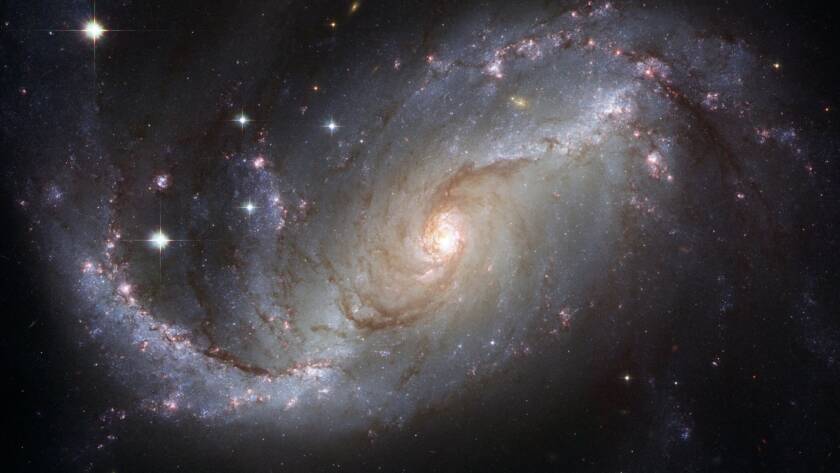Imagine if instead of replacing a broken device we simply swapped out its battery with a brand-new one. Now imagine doing that inside your own cells. In recent biomedical research, a fascinating alliance is emerging between stem cells and tiny flower-shaped nanoparticles—so-called “nanoflowers”—that together might restore the vitality of our cells by renewing their internal…







